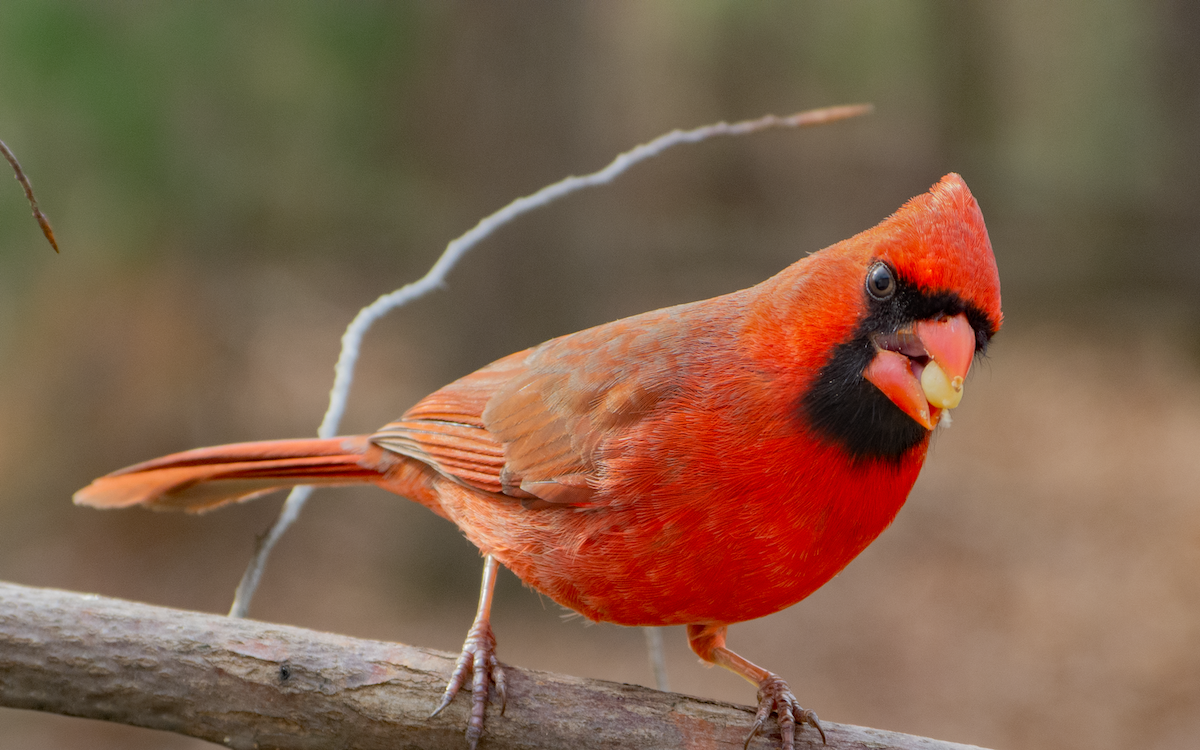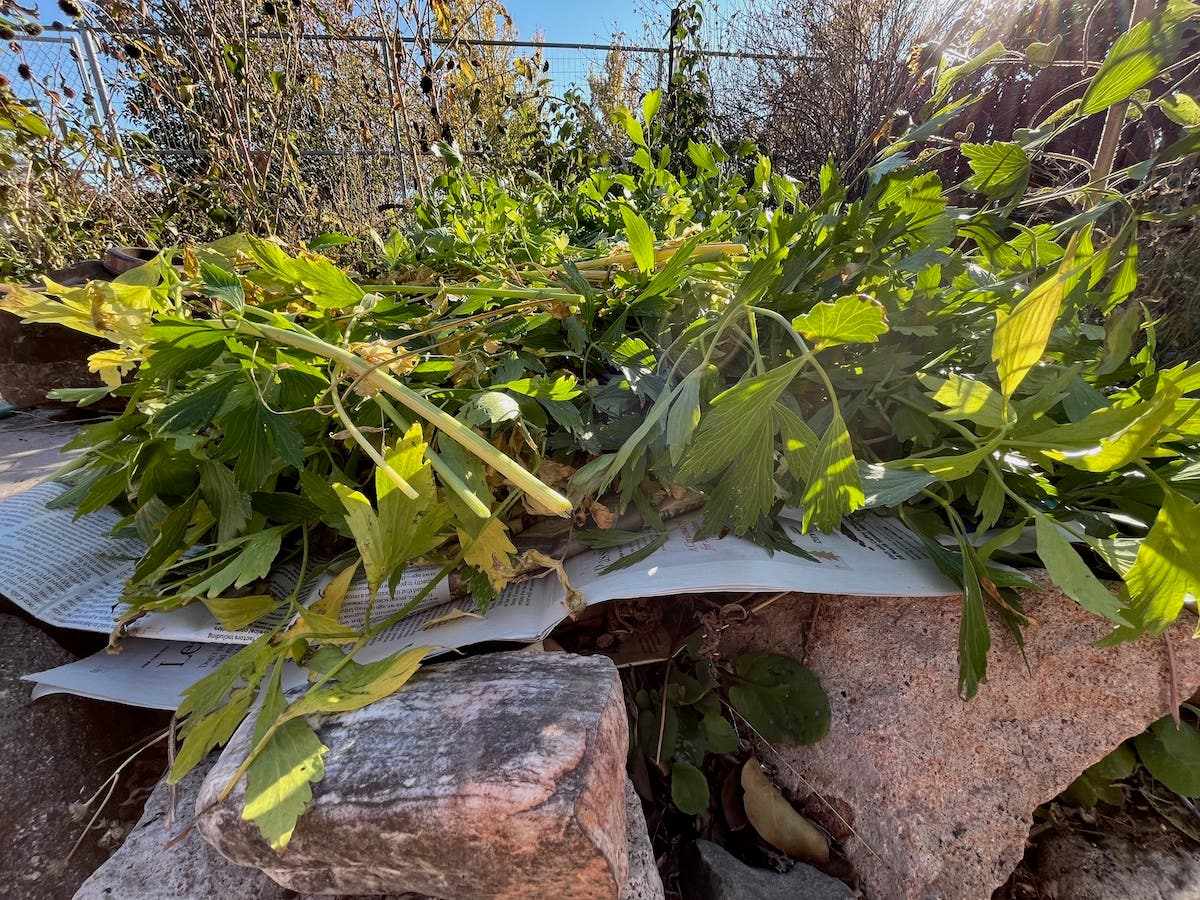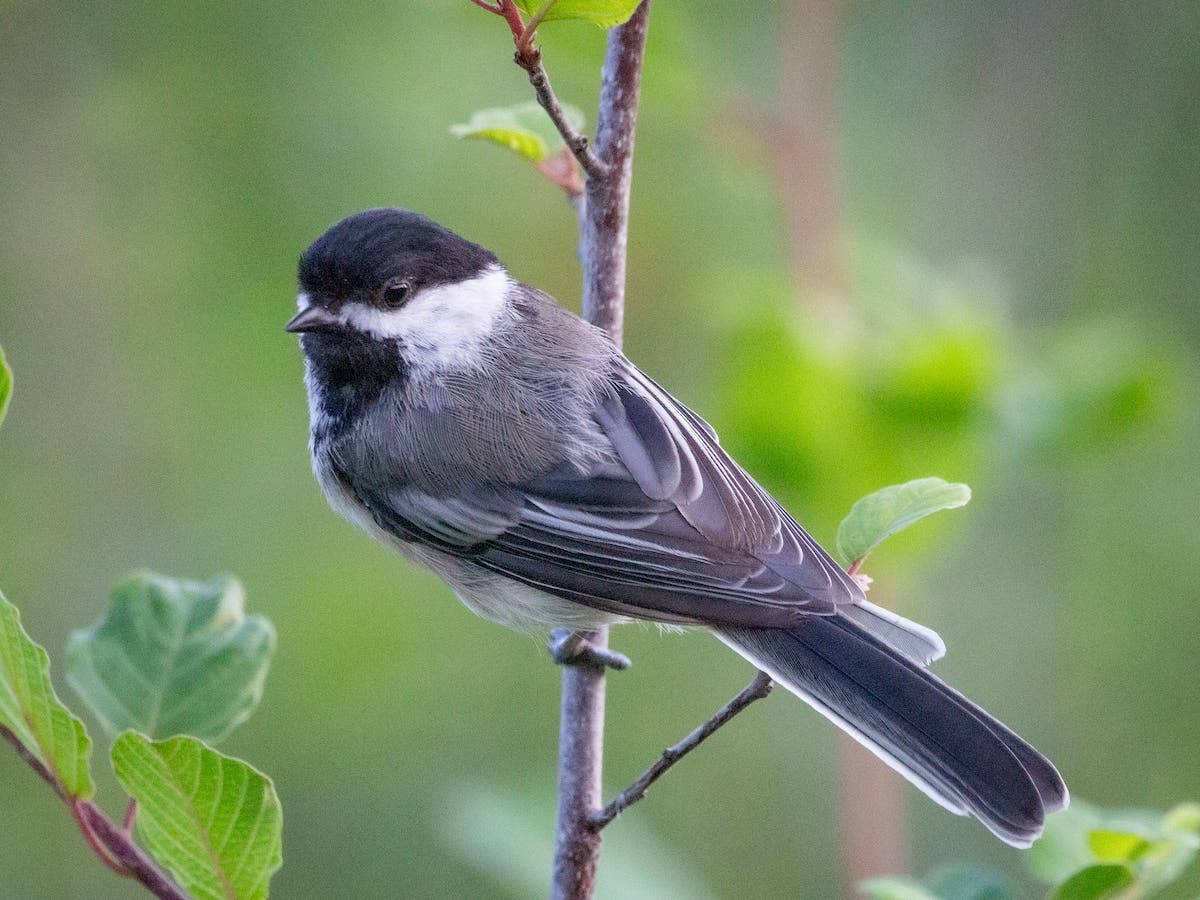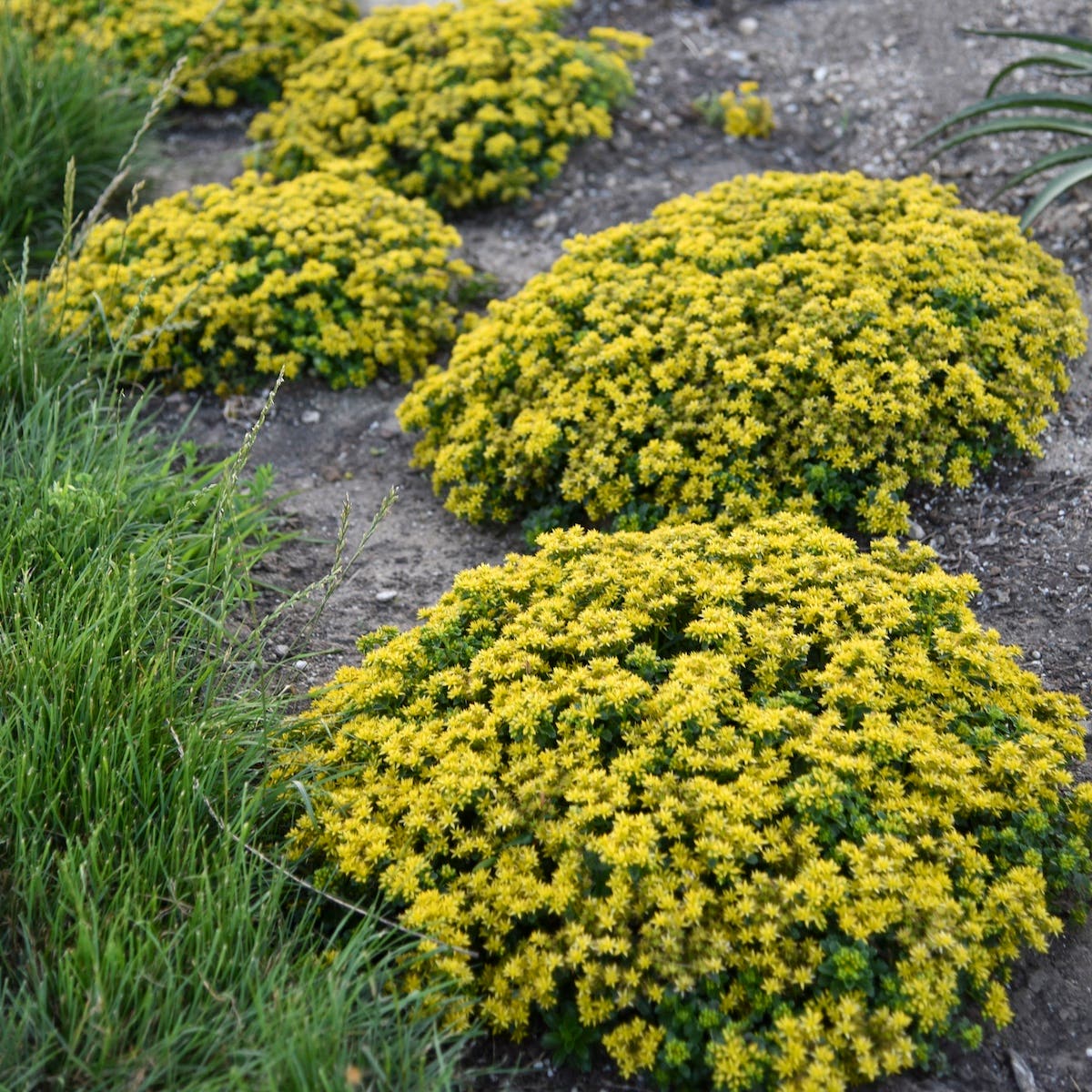Wilted Plants: How the Garden Uses and Loses Water
Learn the mechanics behind wilting!
You know that wilted plants need water, but have you ever wondered how and why they wilt? Horticulture’s gardening meteorologist, Ed Brotak, explained that plants release water through stomata, or leaf pores, a process called transpiration. This release causes negative pressure that travels to the roots, creating suction that frees water molecules from soil particles. When a plant is releasing more water than it is able to draw up, it shuts its pores, creating a loss of pressure that results in a limp, wilted appearance.
Supplemental watering or a reduction in sunlight or temperature will bring wilted plants back into balance, but in most cases it’s best not to let the plant wilt due to a water shortage, and Ed noted that drought stress can reduce flowers or fruit even if the plant doesn’t wilt. He recommends acquainting yourself with your plants' various water preferences, tracking rainfall with a simple rain gauge and, if it's low, providing water to those species that don't tolerate or prefer dry conditions.
Soil also loses water through evaporation from its surface. Feeling the top inch of soil for dryness is another simple step for knowing when to water. Ed noted that evaporation from a water surface can be used to estimate soil water loss—measuring the amount of water evaporated each day from a container of water is one way to judge how quickly the soil is drying out. This could be a quarter of an inch or more in one day in the heat of summer.
Ed also said that soil type has an important relationship with water and its availability to plants. Sandy soil drains quickly, leaving less moisture for plants. Clay soil holds water and can be too wet for root development. Loam has a good balance of sand and clay, and its moisture retention suits the majority of garden plants. When choosing plants for your garden, find species that originate in regions with soil structure similar to your garden’s soil. Whatever your soil type, a layer of mulch or ground-cover plants will slow evaporation of water from its surface.







